Understanding Why Your Android Phone Has Poor Signal
Before diving into fixes, it’s crucial to understand the root causes of poor signal strength. Several factors can disrupt your connection to the cellular network. These range from physical obstructions to software glitches. Knowing the “why” helps you choose the right “how.”
According to Wikipedia, a cell phone signal relies on radio waves transmitted between your phone and a cell tower. The strength of this signal is affected by various elements.
What Causes Weak Android Phone Signals?
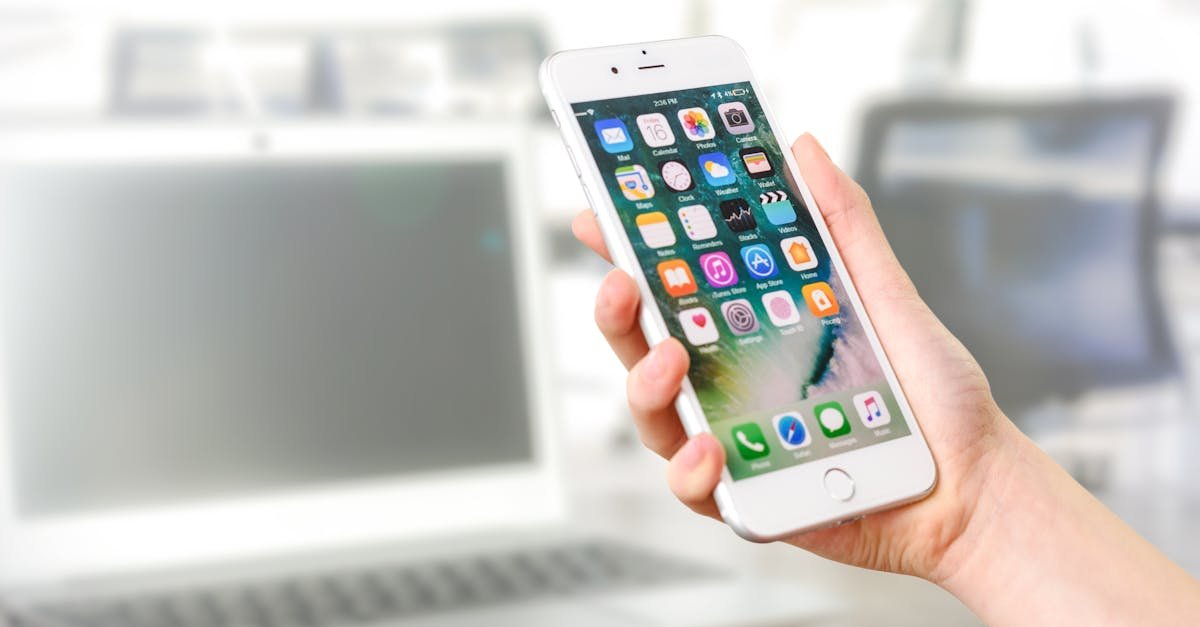
Several factors can contribute to a weak signal on your Android phone. These can be broadly categorized into environmental, hardware, and software issues.
- Distance from Cell Towers: The farther you are from a cell tower, the weaker the signal. Cell towers have a limited range, and the signal strength decreases as the distance increases.
- Obstructions: Buildings, mountains, trees, and even weather conditions can obstruct the signal. Thick walls, metal structures, and energy-efficient windows are particularly problematic.
- Network Congestion: During peak hours or in crowded areas, many users try to connect to the same cell tower. This can lead to congestion, resulting in slower speeds and dropped calls.
- Hardware Issues: Problems with your phone’s antenna or other internal components can also cause signal issues. Physical damage or manufacturing defects can affect the phone’s ability to receive and transmit signals.
- Software Glitches: Outdated software, incorrect network settings, or software bugs can interfere with your phone’s ability to connect to the network.
- SIM Card Problems: A damaged or improperly seated SIM card can disrupt your connection.
- Battery Level: A low battery can affect your phone’s ability to maintain a strong signal. Your phone conserves power by reducing signal strength when the battery is low.
Why is a Strong Signal Important?
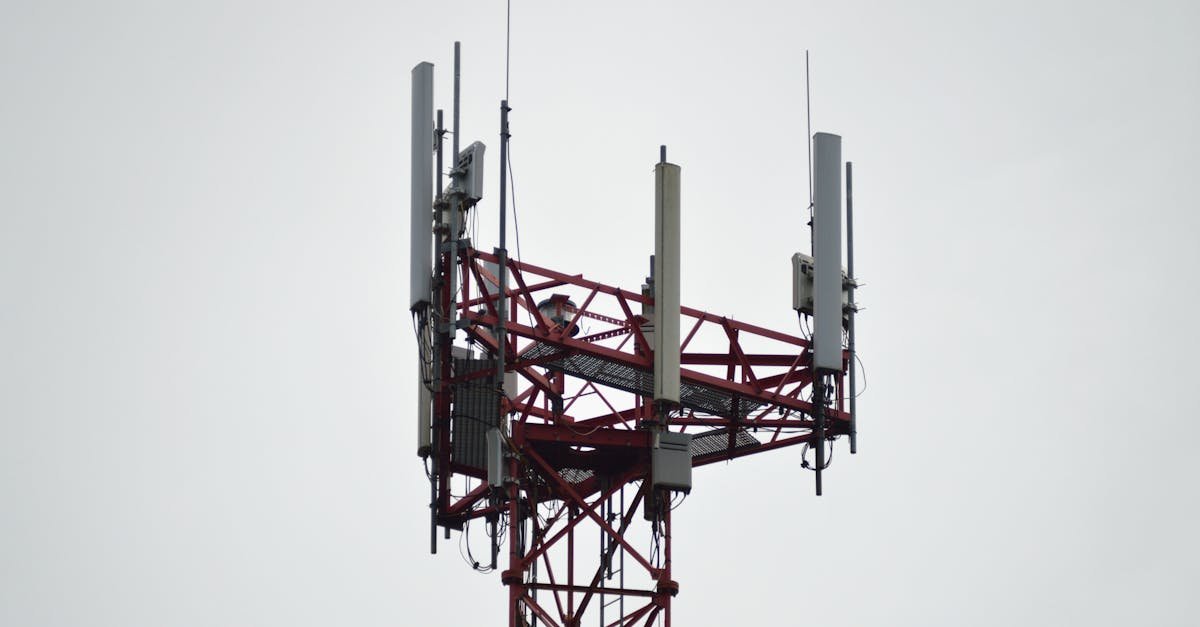
A strong cell phone signal is essential for several reasons. It ensures clear calls, fast data speeds, and reliable access to the internet. A weak signal can lead to dropped calls, slow downloads, and frustrating delays. In today’s connected world, a reliable signal is crucial for communication, work, and entertainment.
Symptoms of Poor Signal Strength
How do you know if your Android phone has a weak signal? Here are some common signs:
- Low Signal Bars: The most obvious sign is a low number of signal bars displayed on your phone.
- Dropped Calls: Frequent interruptions during phone calls.
- Slow Data Speeds: Slow loading times for websites, apps, and videos.
- Unable to Make or Receive Calls: Your phone may display a “No Service” or “Searching” message.
- Unable to Send or Receive Texts: Messages may fail to send or take a long time to arrive.
- Intermittent Connection: The signal may fluctuate between strong and weak, causing inconsistent performance.
Recognizing these symptoms is the first step toward resolving the issue.
Expert Opinion: The Role of Cell Towers
According to Wikipedia, cell towers, also known as base stations, are the backbone of mobile communication. They transmit and receive radio signals, allowing your phone to connect to the network. The placement, height, and technology of these towers significantly impact signal strength.
As an experienced user, I’ve learned that understanding these basics is key to troubleshooting. For instance, I once lived in a valley where the signal was notoriously weak. Knowing the tower’s location helped me find the best spot in my house to make calls.
Step-by-Step Guide: Fixing Android Phone Signal Issues
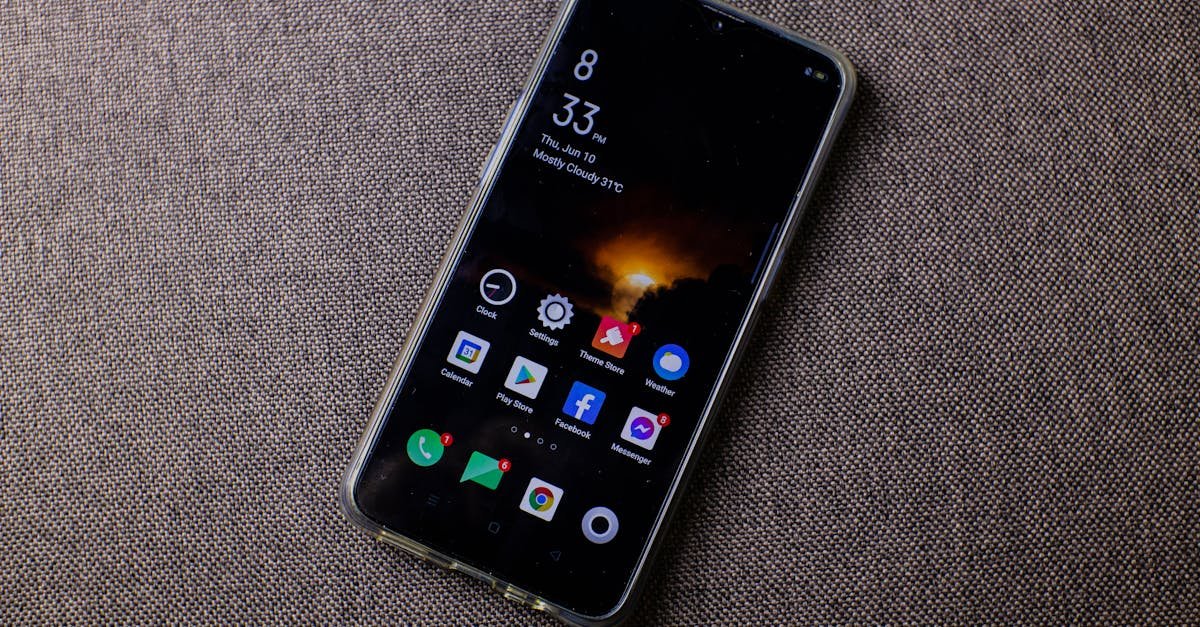
Now, let’s get to the practical steps you can take to improve your Android phone’s signal. I’ll share my personal experiences and insights to guide you through the process.
1. The Quick Fix: Airplane Mode and Restart
This is the first and often most effective step. It’s like giving your phone a fresh start.
- What it is: Toggling Airplane Mode forces your phone to disconnect from all wireless networks (cellular, Wi-Fi, Bluetooth) and then reconnect. Restarting your phone completely clears the system.
- Why it works: It resets the network connection, allowing your phone to search for the strongest available signal. A restart clears temporary files and processes that might be interfering with the connection.
-
How to do it:
- Airplane Mode: Swipe down from the top of your screen to access the Quick Settings panel. Tap the Airplane Mode icon to turn it on. Wait 15-20 seconds, then tap it again to turn it off.
- Restart: Press and hold the power button until the power menu appears. Tap “Restart” or “Reboot.” If your phone doesn’t have a restart option, select “Power Off,” wait a few seconds, and then turn it back on.
- Common mistake: Not waiting long enough after turning Airplane Mode off. Give your phone time to reconnect.
- Additional tip: Try this fix in different locations within your home or office.
- Expected outcome: Improved signal strength and a more stable connection.
I’ve used this trick countless times. It’s amazing how often it resolves the issue.
2. Check Your SIM Card
The SIM card is your phone’s identity on the network. A faulty or improperly seated SIM can cause signal problems.
- What it is: The Subscriber Identity Module (SIM) card is a small card that identifies your phone to your mobile carrier.
- Why it matters: It’s the key to your phone’s connection to the cellular network.
-
How to do it:
- Turn off your phone.
- Use the SIM ejector tool (or a paper clip) to remove the SIM tray.
- Carefully remove the SIM card.
- Inspect the SIM card for any damage or dirt. Clean it gently with a soft, dry cloth if needed.
- Reinsert the SIM card, ensuring it’s correctly aligned in the tray.
- Turn your phone back on.
- Common mistake: Forgetting to turn off the phone before removing the SIM card.
- Additional tip: If you have a spare SIM card, try using it to see if the problem persists.
- Expected outcome: A stable connection if the SIM card was the issue.
I once had a SIM card that was slightly misaligned, causing intermittent signal loss. Reseating it fixed the problem instantly.
3. Optimize Your Location
Your physical location significantly impacts signal strength.
- What it is: The physical environment around you.
- Why it matters: Obstructions and distance from cell towers affect signal reception.
-
How to do it:
- Move to a window: Signals can penetrate windows more easily than walls.
- Go outside: Buildings often block signals.
- Move to higher ground: Higher elevations often have better signal reception.
- Avoid obstructions: Stay away from thick walls, metal objects, and other potential signal blockers.
- Common mistake: Not considering the impact of your surroundings.
- Additional tip: Use a cell tower locator app to find the nearest cell tower and position yourself accordingly.
- Expected outcome: Improved signal strength by minimizing obstructions.
I’ve found that simply moving to a different room in my house can make a huge difference.
4. Check and Adjust Network Settings
Incorrect network settings can prevent your phone from connecting to the network.
- What it is: Settings related to mobile networks, including network mode and roaming.
- Why it matters: These settings determine how your phone connects to the cellular network.
-
How to do it:
- Network Mode: Go to Settings > Connections > Mobile networks > Network mode. Ensure it’s set to “Auto connect” or a mode that supports your carrier’s network (e.g., 4G/LTE or 5G). If you’re in an area with poor 5G coverage, try selecting 4G/LTE only.
- Data Roaming: If you’re traveling, ensure data roaming is enabled in Settings > Connections > Mobile networks.
- APN Settings: Check your Access Point Name (APN) settings. Incorrect APN settings can prevent your phone from connecting to the internet. You may need to manually enter the correct APN settings provided by your carrier.
- Common mistake: Not knowing the correct network settings for your carrier.
- Additional tip: Contact your carrier for the correct APN settings if needed.
- Expected outcome: A stable connection by ensuring your phone is using the correct network settings.
I once had to manually enter the APN settings after switching carriers. It’s a simple step, but it made a big difference.
5. Update Your Software
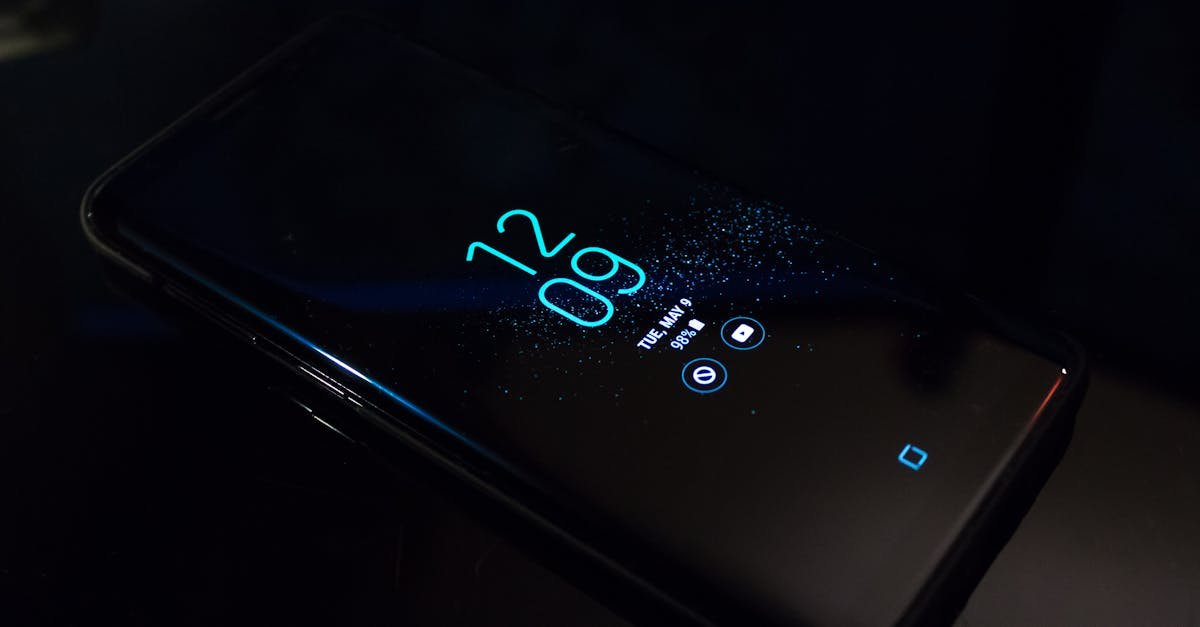
Software updates often include improvements to network connectivity.
- What it is: The operating system and software on your phone.
- Why it matters: Updates can fix bugs and improve performance, including network connectivity.
-
How to do it:
- Go to Settings > Software update.
- Tap “Download and install.”
- Follow the on-screen instructions to install the update.
- Common mistake: Delaying software updates.
- Additional tip: Connect to Wi-Fi before updating to avoid using mobile data.
- Expected outcome: Improved network performance and potentially resolved connectivity issues.
I always make sure to update my phone’s software regularly. It’s a simple way to keep things running smoothly.
6. Check Your Battery and Power Saving Mode
A low battery can impact signal strength.
- What it is: The amount of power remaining in your phone’s battery.
- Why it matters: Your phone may reduce signal strength to conserve power when the battery is low.
-
How to do it:
- Ensure your phone is charged.
- Disable power-saving mode if it’s enabled. Power-saving mode can sometimes limit network performance.
- Common mistake: Not considering the impact of a low battery.
- Additional tip: Carry a portable charger if you’re often away from a power source.
- Expected outcome: Improved signal strength and a more stable connection.
I’ve noticed that my phone’s signal is often weaker when the battery is below 20%.
7. Limit Background Apps and Processes
Too many apps running in the background can consume resources and potentially interfere with network performance.
- What it is: Apps and processes that are running on your phone even when you’re not actively using them.
- Why it matters: These apps can consume processing power and data, potentially affecting your phone’s ability to maintain a strong signal.
-
How to do it:
- Close unused apps: Swipe up from the bottom of your screen (or tap the recent apps button) to view recently used apps. Swipe up on apps to close them.
- Disable background data for specific apps: Go to Settings > Apps > [App name] > Mobile data & Wi-Fi and disable “Background data.”
- Common mistake: Not closing apps after you’re finished using them.
- Additional tip: Regularly clear your phone’s cache to improve performance.
- Expected outcome: Improved performance and potentially better signal strength.
I make it a habit to close apps I’m not using. It helps keep my phone running smoothly.
8. Reset Network Settings (Use with Caution)
This step resets all network-related settings to their default values. It’s a more drastic measure, so use it with caution.
- What it is: Resetting all network settings, including Wi-Fi passwords, Bluetooth connections, and mobile data settings.
- Why it matters: It can resolve complex network configuration issues.
-
How to do it:
- Go to Settings > General management > Reset > Reset network settings.
- Confirm the reset.
- Reconnect to your Wi-Fi networks and re-enter any custom APN settings.
- Common mistake: Not backing up your Wi-Fi passwords and other network settings before resetting.
- Additional tip: Make sure you have your Wi-Fi passwords handy.
- Expected outcome: Resolved network configuration issues, but you’ll need to reconfigure your network settings.
I’ve used this method a few times when nothing else worked. It’s a bit of a hassle, but it can be effective.
9. Manual Network Selection (Advanced)
This step allows you to manually choose your network provider.
- What it is: Manually selecting your mobile network provider instead of letting your phone automatically choose the best one.
- Why it matters: It can help if your phone is having trouble connecting to the correct network.
-
How to do it:
- Go to Settings > Connections > Mobile networks > Network operators.
- Disable “Automatic.”
- Your phone will scan for available networks. Select your carrier’s network from the list.
- Common mistake: Selecting the wrong network.
- Additional tip: If you’re unsure which network to select, contact your carrier.
- Expected outcome: A more stable connection if your phone was having trouble automatically connecting to the correct network.
I’ve found this helpful when traveling to areas with multiple network providers.
10. Consider a Cell Phone Signal Booster
If all else fails, a cell phone signal booster can significantly improve your signal.
- What it is: A device that amplifies the existing cell signal.
- Why it matters: It can overcome obstructions and extend the range of your signal.
- How it works: A signal booster typically has an outside antenna that receives the signal, an amplifier that boosts the signal, and an inside antenna that rebroadcasts the amplified signal.
- How to choose one: Consider the size of the area you need to cover (home, office, vehicle) and the signal strength in your area.
- Common mistake: Buying a booster that’s not compatible with your carrier or the frequencies used in your area.
- Additional tip: Research different models and read reviews before purchasing.
- Expected outcome: Significantly improved signal strength and a more reliable connection.
I’ve used a signal booster in my home, and it made a world of difference. It’s a worthwhile investment if you consistently struggle with poor signal.
Troubleshooting Common Android Phone Signal Problems
Let’s address some specific signal problems and how to troubleshoot them.
“No Service” or “Searching” Message
This message indicates that your phone cannot find a cellular network.
-
Possible causes:
- Out of coverage area.
- SIM card issue.
- Network outage.
- Incorrect network settings.
-
Troubleshooting steps:
- Restart your phone.
- Toggle Airplane Mode.
- Check your SIM card.
- Manually select your network.
- Contact your carrier to check for outages.
Dropped Calls
Dropped calls are a sign of an unstable connection.
-
Possible causes:
- Weak signal.
- Network congestion.
- Obstructions.
- Hardware issues.
-
Troubleshooting steps:
- Move to a location with a stronger signal.
- Limit background apps.
- Update your software.
- Consider a signal booster.
Slow Data Speeds
Slow data speeds can make it difficult to browse the internet, stream videos, or use apps.
-
Possible causes:
- Weak signal.
- Network congestion.
- Data usage limits.
-
Troubleshooting steps:
- Move to a location with a stronger signal.
- Check your data usage.
- Limit background apps.
- Consider upgrading your data plan.
Unable to Make or Receive Calls
This can be a frustrating problem.
-
Possible causes:
- “No Service” message.
- Call barring enabled.
- Account issues.
-
Troubleshooting steps:
- Follow the steps for the “No Service” message.
- Check your call barring settings.
- Contact your carrier to check your account status.
When to Seek Professional Help
If you’ve tried all the troubleshooting steps and still have signal issues, it’s time to seek professional help.
- Contact your carrier: They can check for network outages, troubleshoot your account, and potentially replace your SIM card.
- Visit a repair shop: If you suspect a hardware issue, a qualified technician can diagnose and repair your phone.
Don’t hesitate to reach out for assistance. It’s better to get expert help than to live with a consistently poor signal.
Preventive Measures and Best Practices
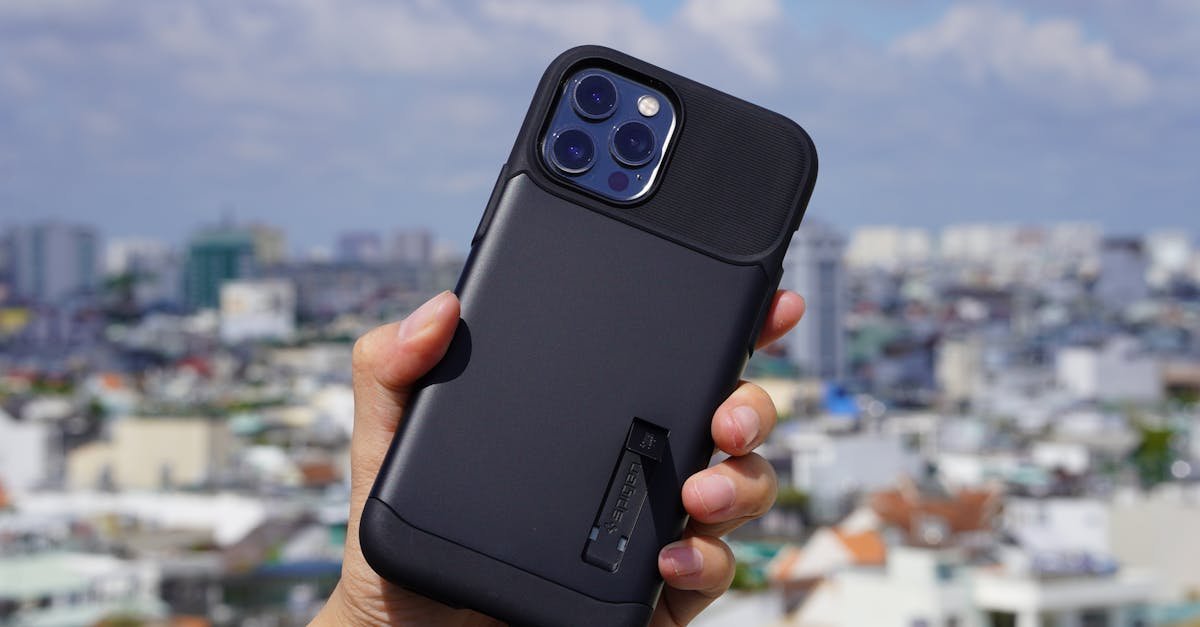
Here are some tips to help you maintain a strong signal and prevent future problems.
- Keep your phone updated: Regularly update your phone’s software to ensure you have the latest bug fixes and network improvements.
- Protect your phone: Use a case that doesn’t interfere with the antenna. Avoid metal cases or thick battery cases.
- Be mindful of your surroundings: Pay attention to your location and avoid areas with known signal problems.
- Manage your battery: Keep your phone charged to maintain optimal signal strength.
- Monitor your data usage: Be aware of your data usage limits to avoid throttling.
By following these practices, you can minimize signal issues and enjoy a more reliable connection.
Frequently Asked Questions (FAQ)
Here are some frequently asked questions about Android phone signal issues.
-
Why does my phone say “No Service”?
This means your phone can’t connect to a cellular network. It could be due to being out of range, a SIM card issue, a network outage, or incorrect network settings.
-
Why are my calls dropping?
Dropped calls are often caused by a weak signal, network congestion, obstructions, or hardware issues.
-
Does my phone case affect my signal?
Yes, some phone cases, especially those made of metal or thick materials, can interfere with your phone’s antenna and reduce signal strength.
-
Can I improve my signal at home?
Yes, you can improve your signal at home by moving to a window, going outside, or using a cell phone signal booster.
-
When should I contact my carrier?
Contact your carrier if you’ve tried all the troubleshooting steps and still have signal issues. They can check for network outages, troubleshoot your account, and potentially replace your SIM card.
I hope this guide helps you resolve your Android phone signal issues. Remember, patience and persistence are key. By following these steps, you can significantly improve your connection and stay connected.
